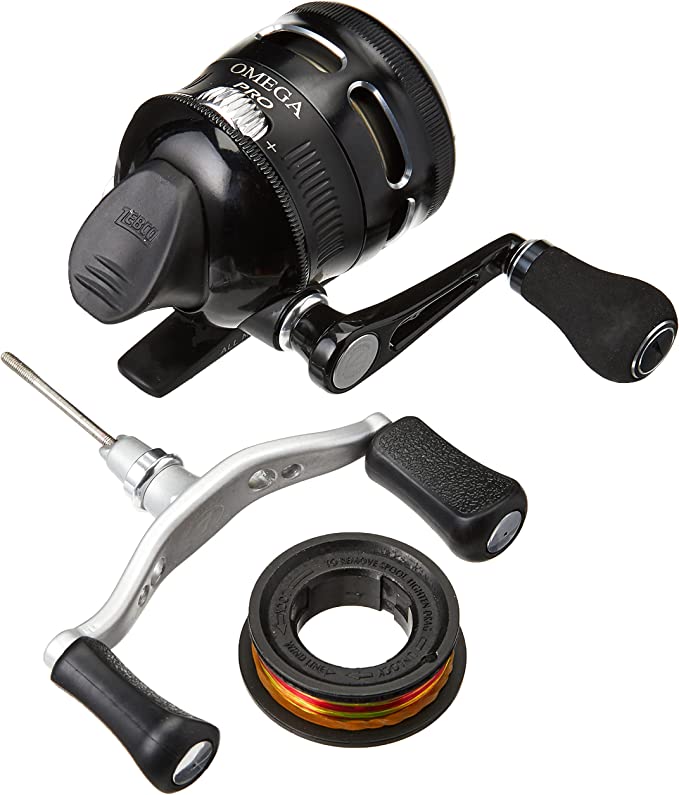The Thermodynamics of Off-Grid Baking: Engineering the InstaFire Ember Oven
Update on Nov. 18, 2025, 9:57 p.m.
In the hierarchy of outdoor cooking, boiling water is simple thermodynamics; baking bread is complex engineering. To bake effectively without electricity requires creating a stable, uniform thermal environment—a feat that traditional campfires, with their radiant heat spikes and cold spots, fail to achieve.
The InstaFire Ember Oven represents a shift from direct-heat cooking to Convective Thermal Management. It is not merely a box over a fire; it is a passive heat engine designed to capture, circulate, and retain thermal energy, mimicking the performance of a residential electric oven using only twigs or canned alcohol. To understand how it bakes a cake in the woods, we must deconstruct the physics of natural convection and material conductivity.

The Physics of the “Passive Fan”: Natural Convection
Modern home ovens use electric fans to force hot air circulation (Forced Convection). In an off-grid scenario, we must rely on Natural Convection.
* The Chimney Effect: The Ember Oven creates a thermal draft. As air is heated by the fuel source at the bottom, its density decreases, causing it to rise.
* The Convection Loop: Instead of letting this hot air escape immediately, the oven’s double-wall geometry guides it up the sides and over the top of the cooking chamber. As it transfers heat to the food, it cools slightly, sinks, and is drawn back into the cycle.
This continuous, buoyancy-driven loop eliminates the “hot bottom, raw top” problem common with Dutch ovens, surrounding the food with a uniform envelope of hot air.

Material Science: Steel vs. Aluminum
The Ember Oven utilizes a composite construction: Cold-Rolled Steel fused with Aluminum. This is a deliberate thermal strategy. * Steel (Structural & Thermal Mass): Steel provides the rigidity to withstand high temperatures without warping. It also has higher specific heat capacity than aluminum, allowing it to act as a “thermal battery,” smoothing out temperature fluctuations when the fire dies down slightly. * Aluminum (Thermal Conductivity): Aluminum conducts heat roughly 5 times better than steel. By lining the cooking chamber or heat distribution surfaces with aluminum (implied by “fused” construction), the oven ensures rapid heat transfer from the convection currents to the baking pan, reducing preheat times and ensuring even browning.
Thermodynamics of Fuel: Biomass vs. Alcohol
The oven’s versatility lies in its ability to harness different Energy Densities.
1. Biomass (Wood/Charcoal): High energy density. Wood combustion releases intense heat (approx. 6,000-8,000 BTU/lb), ideal for reaching high temperatures (400°F+) for pizza or searing. However, wood burns unevenly. The user must act as the “thermostat,” regulating the oxygen intake knob to control the burn rate and stabilize the temperature.
2. Canned Heat (Diethylene Glycol/Ethanol): Consistent, moderate energy density. Canned heat burns at a steady rate with a predictable flame height. This makes it the “cruise control” for baking sensitive items like cakes or muffins at 350°F. It releases water vapor and CO2, making it generally safe for indoor emergency use (with ventilation), unlike wood smoke.

The Control Surface: Airflow Metering
Temperature control in a passive oven is purely a function of Air-to-Fuel Ratio. The front control knob is not a gas valve; it is an air damper.
* Opening the Vent: Increases oxygen supply -> Intensifies combustion -> Raises Temperature.
* Closing the Vent: Restricts oxygen -> Slows combustion -> Lowers/Maintains Temperature.
Mastering this analog feedback loop is the skill of the off-grid baker. Unlike setting a digital dial, you are managing a live chemical reaction.
Conclusion: Civilized Engineering
The InstaFire Ember Oven is a triumph of passive thermodynamics. By shaping steel and aluminum to harness the natural buoyancy of hot air, it allows for the sophisticated chemical reactions of baking (Maillard reaction, caramelization, leavening) to occur in primitive environments. It transforms the chaos of a fire into the order of an oven.




















